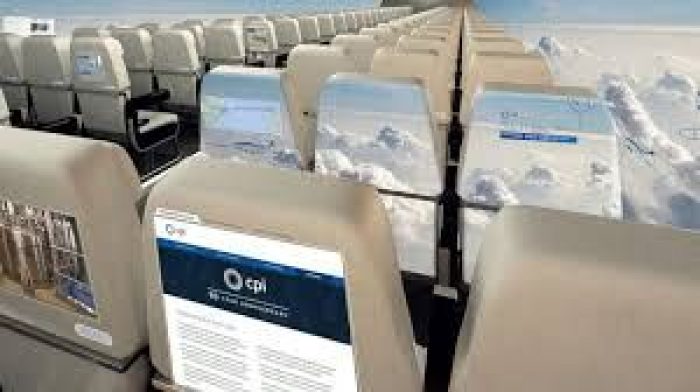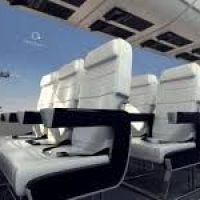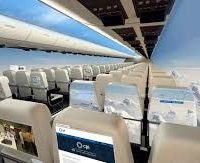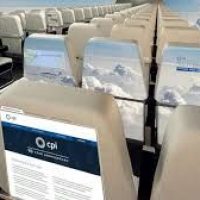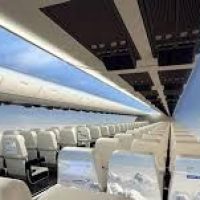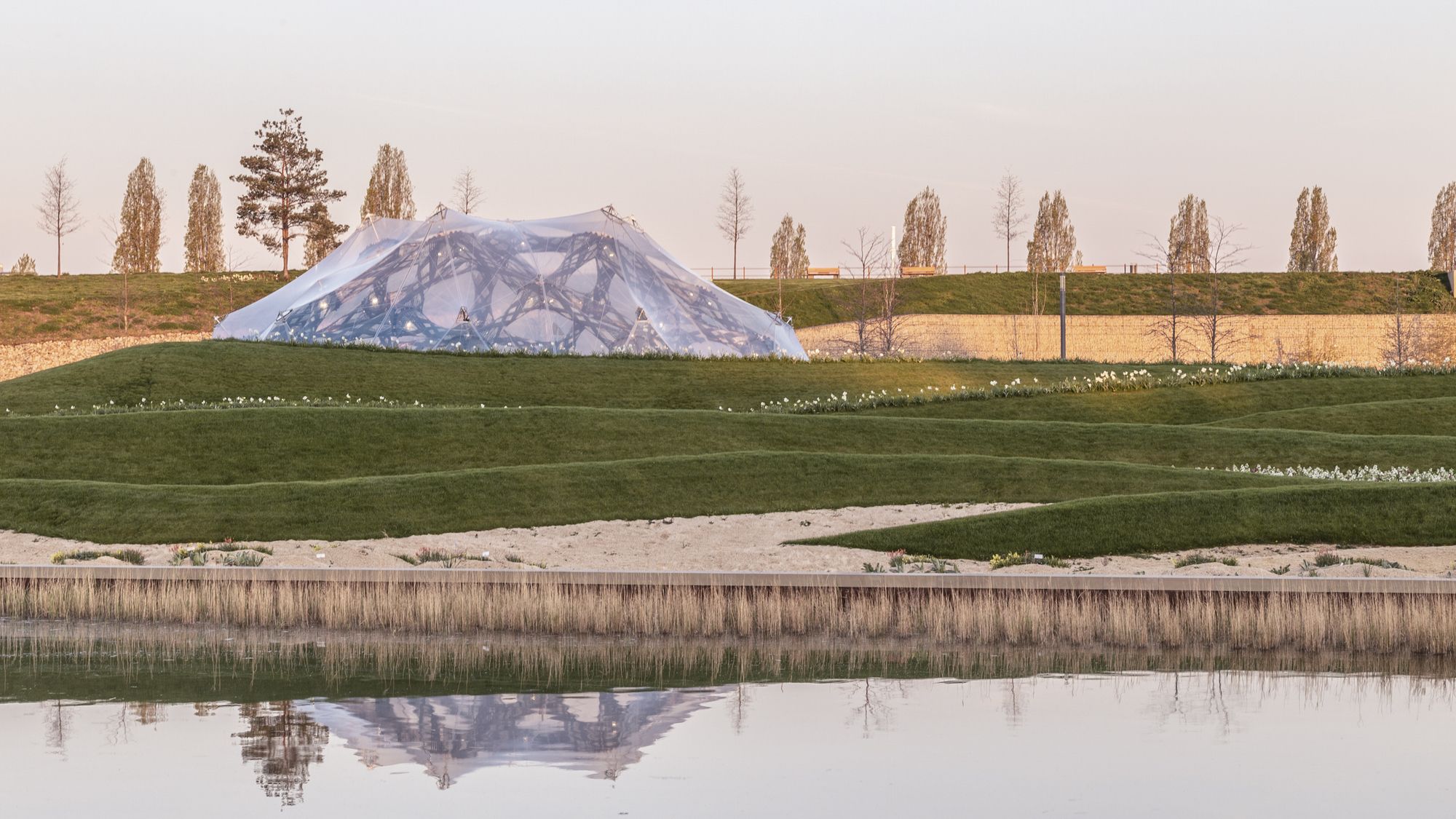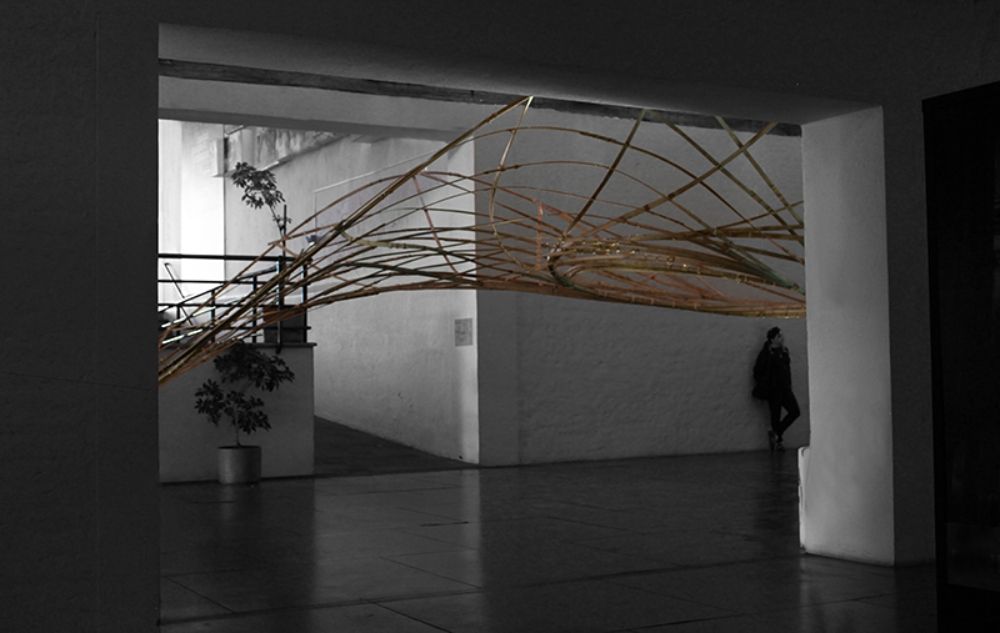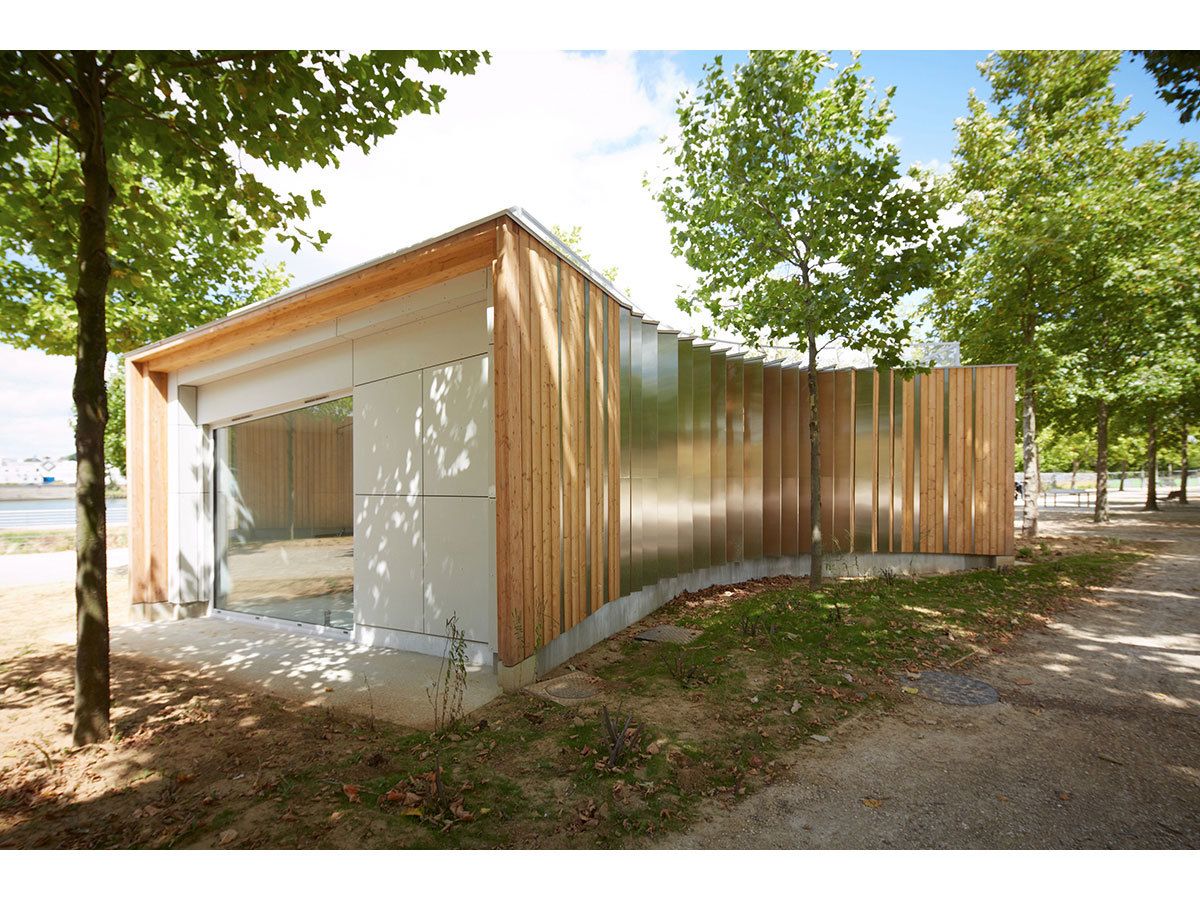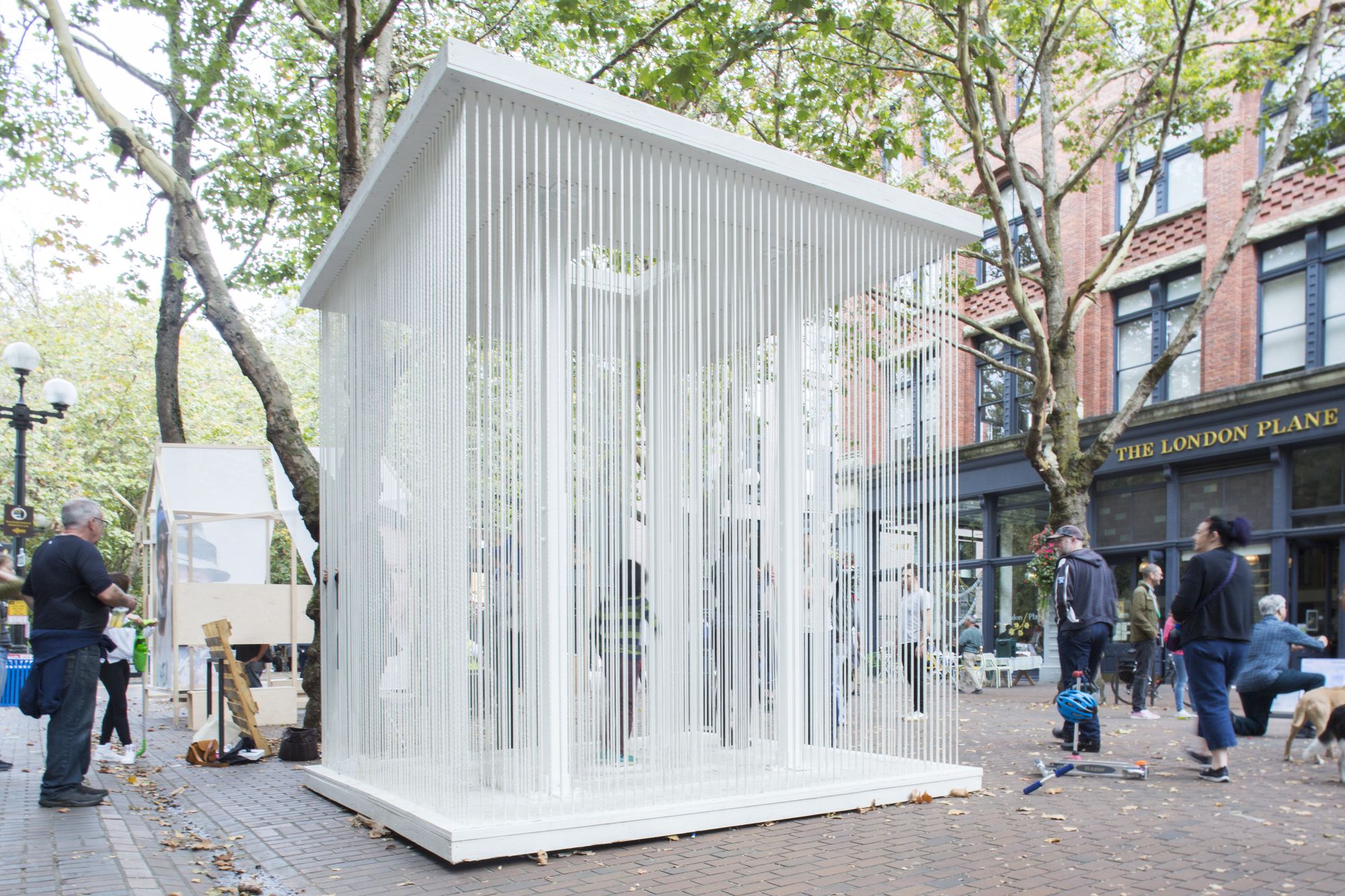Windowless Plane The Centre for Process Innovation (CPI)
If you watched the Mercedes Benz video that has been posted to youtube almost two years ago, so you wont be surprised with this windowless plane technology ! Sedgefield based Centre for Process Innovation (CPI) has developed the same technology to replace fuselage plane windows, as it is believed that replacing heavy aircraft windows with uber-light smart screen panels would cut fuel consumption and slash air fares !
These futuristic plans would involve screen panels reflecting whatever view of the outside the passenger wanted, changing in accordance with the direction of their eyes. The screens would be made using organic light-emitting diodes (OLEDs) – a combination of materials that give out their own light when activated by electricity. The problems with the technology involve price and their sensitivity to moisture, which means they are generally encased in inflexible glass, mostly in mobile phones and televisions. The key development, said Helliwell, would be flexible OLEDs, which would allow the creation of screens suitable for an aeroplane. Electronics company LG recently posted a video of an 18-inch (46cm) screen which bends and contorts while the images on screen are broadcast uninterrupted.
The screens would be made using organic light-emitting diodes (OLEDs) – a combination of materials that give out their own light when activated by electricity. The problems with the technology involve price and their sensitivity to moisture, which means they are generally encased in inflexible glass, mostly in mobile phones and televisions. The key development, said Helliwell, would be flexible OLEDs, which would allow the creation of screens suitable for an aeroplane. Electronics company LG recently posted a video of an 18-inch (46cm) screen which bends and contorts while the images on screen are broadcast uninterrupted. “What would be great would be to make devices based on OLEDs that are flexible. We can make transistors that are flexible but if we can make OLEDs that are flexible, that gives us a lot of potential in the market because we can print OLEDs on to packaging, we can create flexible displays,” he said.
“What would be great would be to make devices based on OLEDs that are flexible. We can make transistors that are flexible but if we can make OLEDs that are flexible, that gives us a lot of potential in the market because we can print OLEDs on to packaging, we can create flexible displays,” he said. The Centre for Process Innovation (CPI) has shown how a plane’s interior could be lined with ultralight, ultra thin displays which display images from the outside of the plane. CPI says it’s possible for the panels to mirror whatever is outside in accordance with how passengers look around. “If you save weight, you save fuel,” CPI claim. “And less fuel means less CO2 emissions into the atmosphere and lower operational cost.
The Centre for Process Innovation (CPI) has shown how a plane’s interior could be lined with ultralight, ultra thin displays which display images from the outside of the plane. CPI says it’s possible for the panels to mirror whatever is outside in accordance with how passengers look around. “If you save weight, you save fuel,” CPI claim. “And less fuel means less CO2 emissions into the atmosphere and lower operational cost. CPIA cross-section shows display panels and panoramic camera arrays. Windows currently require meticulous construction to ensure that their structure maintains cabin pressure and resists cracking at 35,000 feet.” Company spokesman Dr Jon Helliwell told The Mirror that the idea could become a reality in 10 years and was simply a matter of fine-tuning the OLED (Organic Light Emitting Diode) technology that makes the “digital wallpaper” come to life.
CPIA cross-section shows display panels and panoramic camera arrays. Windows currently require meticulous construction to ensure that their structure maintains cabin pressure and resists cracking at 35,000 feet.” Company spokesman Dr Jon Helliwell told The Mirror that the idea could become a reality in 10 years and was simply a matter of fine-tuning the OLED (Organic Light Emitting Diode) technology that makes the “digital wallpaper” come to life. 